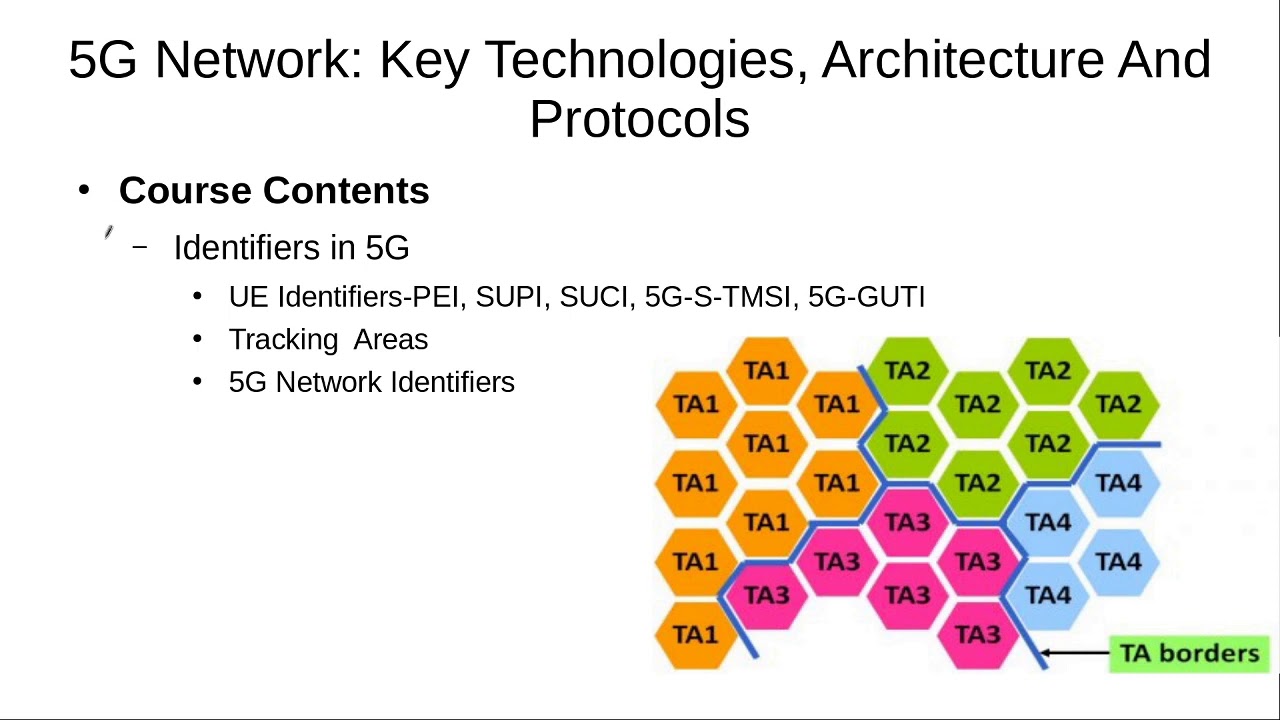5G Retransmission Protocols Explained – Free Training Video
telcomatraining.com – As 5G technology becomes the global standard for mobile communications, understanding the core mechanisms that ensure fast and reliable data transfer is essential. One such mechanism is retransmission protocols, which play a critical role in handling data errors and maintaining seamless connectivity.
In this article, we explain how 5G retransmission protocols work—especially HARQ (Hybrid Automatic Repeat Request) and ARQ (Automatic Repeat Request)—and offer a free training video to help you visualize the concepts in action.
What Are Retransmission Protocols?
Retransmission protocols are designed to detect and correct errors in data transmission. When data packets are lost or corrupted during transmission, these protocols request the sender to retransmit the affected packets. In 5G networks, retransmission protocols are more advanced and efficient compared to earlier generations, helping achieve ultra-low latency and high reliability.
Types of 5G Retransmission Protocols
1. ARQ (Automatic Repeat Request)
ARQ is a classic retransmission technique used in many communication systems. It works by detecting whether a data packet has been received correctly using error-detection codes. If the packet is found to be faulty, a retransmission request is sent. ARQ ensures accuracy but can introduce delays, which is a disadvantage in ultra-low latency environments like 5G.
2. HARQ (Hybrid Automatic Repeat Request)
HARQ enhances ARQ by integrating error correction with retransmission. It uses a combination of forward error correction and feedback mechanisms. When an error is detected, HARQ attempts to recover the data using redundancy bits. If the correction fails, only then is a retransmission triggered. This approach minimizes latency and maximizes efficiency, making HARQ ideal for 5G.
Why Are Retransmission Protocols Crucial in 5G?
5G networks are expected to support:
- High-speed data rates
- Massive device connectivity
- Ultra-reliable low-latency communication (URLLC)
Such demands increase the chances of data corruption or loss, especially in dynamic or interference-prone environments. Retransmission protocols like HARQ and ARQ help ensure the system maintains high reliability without compromising speed.
HARQ is typically implemented at the MAC (Medium Access Control) layer, while ARQ is found in the RLC (Radio Link Control) layer. Together, they form a robust error-management strategy across different network conditions.
Free Training Video: Visualize the Concepts
To help you grasp these protocols more clearly, we’ve created a free training video that covers:
- Key differences between ARQ and HARQ
- How HARQ functions in real-time
- Protocol stack layers involved in retransmission
- Visual simulations and real-world case studies
This training video is perfect for students, telecom engineers, or anyone interested in 5G technology. No prior experience is required—just click and learn!
How to Access the Video
Accessing the free video is easy. Simply click the link at the bottom of this article and register with your email. You’ll gain instant access to a professional-quality explanation that turns complex theory into understandable practice.
Conclusion
5G retransmission protocols are the unsung heroes of modern communication. By understanding how ARQ and HARQ work, you gain insight into the sophisticated error-handling methods that make 5G so reliable.







